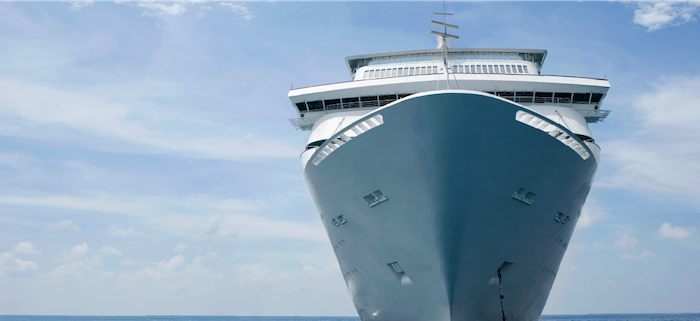
Who's ready to cruise and which cruise lines they're considering
With 15% of Americans saying they’re likely to set sail on a cruise in the next 12 months, understanding the demographics of potential cruise-goers is crucial for advertisers. But who exactly is gearing up to embark on these aquatic adventures, and which cruise lines are top-of-mind?
Cruise audience skews young, male, and is more likely to have children
Contrary to the image of cruising as a pastime for the retired, our data shows younger Americans taking the helm. Among millennials, 40% say they’re likely to cruise in the next year, making them by far the most likely generation to hit the open seas. Gen Z follow at 23%, with Gen X (19%) and Baby Boomers (16%) not far behind.
Gender and living environment also play a role; 59.06% of potential cruisers are male, and over half (51.05%) reside in cities, indicating a tilt towards urban dwellers. Unsurprisingly, the landlocked Midwest shows a lower interest in cruising (13.80%) compared to coastal regions like the South (40.47%) and West (25.05%).
In terms of lifestyle, potential cruisers are more likely to be married (56% vs. 39% in the general population) and more likely to have children under 18, suggesting family-oriented travel plans. They also tend to have specific religious affiliations, with higher proportions identifying as Roman Catholic (39% vs. 22%), Muslim (3% vs. 2%), or Jewish (3% vs. 2%) compared to the general populace. Atheists, agnostics and those who believe “nothing in particular” are less likely to cruise.
Best advertising channels to reach potential cruise customers
When it comes to reaching this audience, both online and television advertising catch the attention of 58% of potential cruisers, far more than any other advertising channel.
Within the world of online advertising, social networks rule. Three-fifths (58%) of likely cruisers say that ads on their socials catch their attention
They’re especially active on Facebook, YouTube and Instagram. While TikTok may no longer be a viable advertising option, Snapchat (38%) and LinkedIn (29%) are also good places to find those interested in cruising.
Most-considered cruise lines
When evaluating which cruise lines have successfully caught this audience’s attention, Royal Caribbean leads with a 27.2% Consideration score. Following closely are Carnival Cruise Line and Norwegian Cruise Lines, with 19.9% and 18.0% respectively. The data indicates a diverse market with varying preferences, highlighting the importance for cruise lines to tailor their marketing strategies to attract this dynamic and varied demographic.
The cruise industry faces a unique opportunity to tap into a younger, digitally savvy audience ready to explore the oceans. By understanding who is ready to cruise and how best to reach them, cruise lines and advertisers can effectively steer their marketing campaigns to capture the hearts and minds of America’s next generation of cruisers. As the industry sails forward, adapting to these demographic trends will be key to capturing and retaining this burgeoning segment of the market.
Methodology: YouGov Profiles is based on continuously collected data and rolling surveys, rather than from a single limited questionnaire. Profiles data for the US is nationally representative of the online population and weighted by age, gender, education, region, and race. Learn more about Profiles.